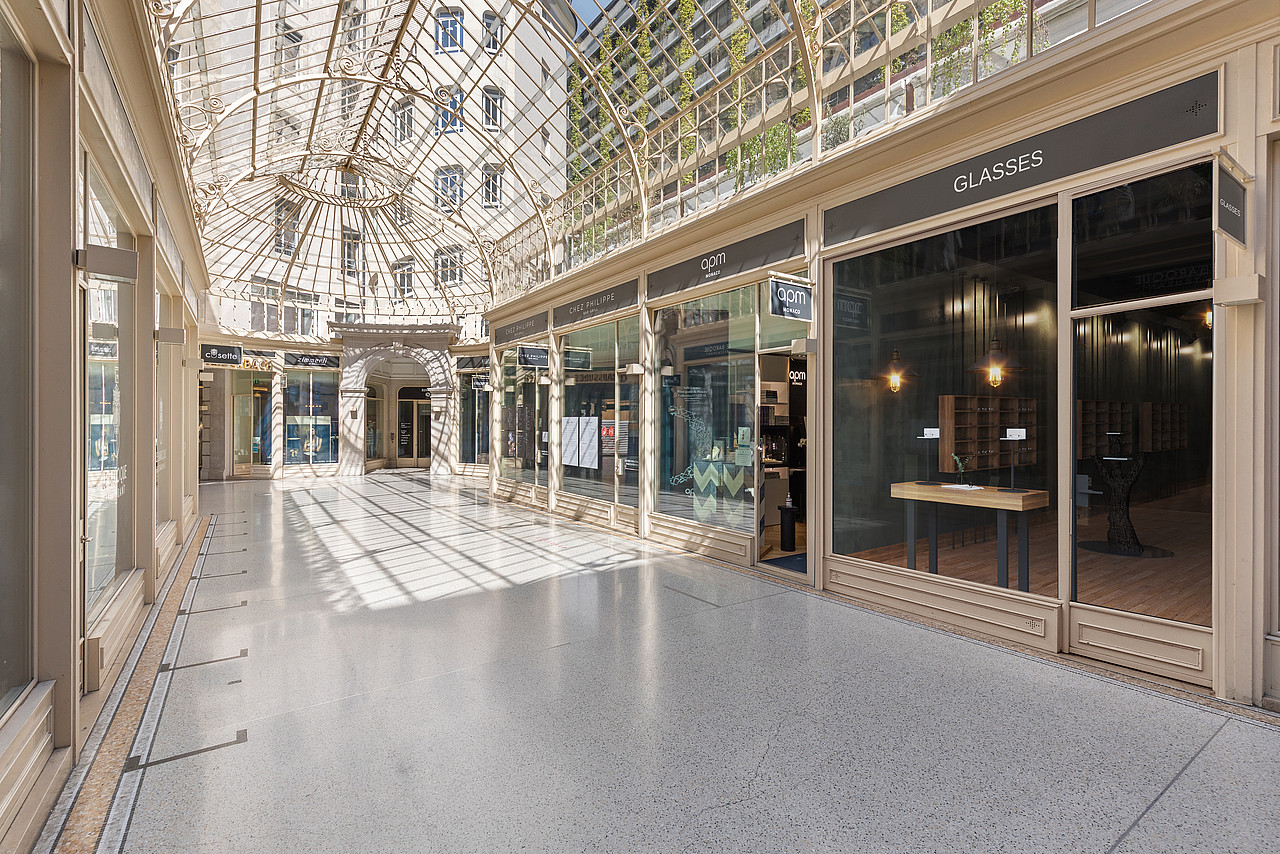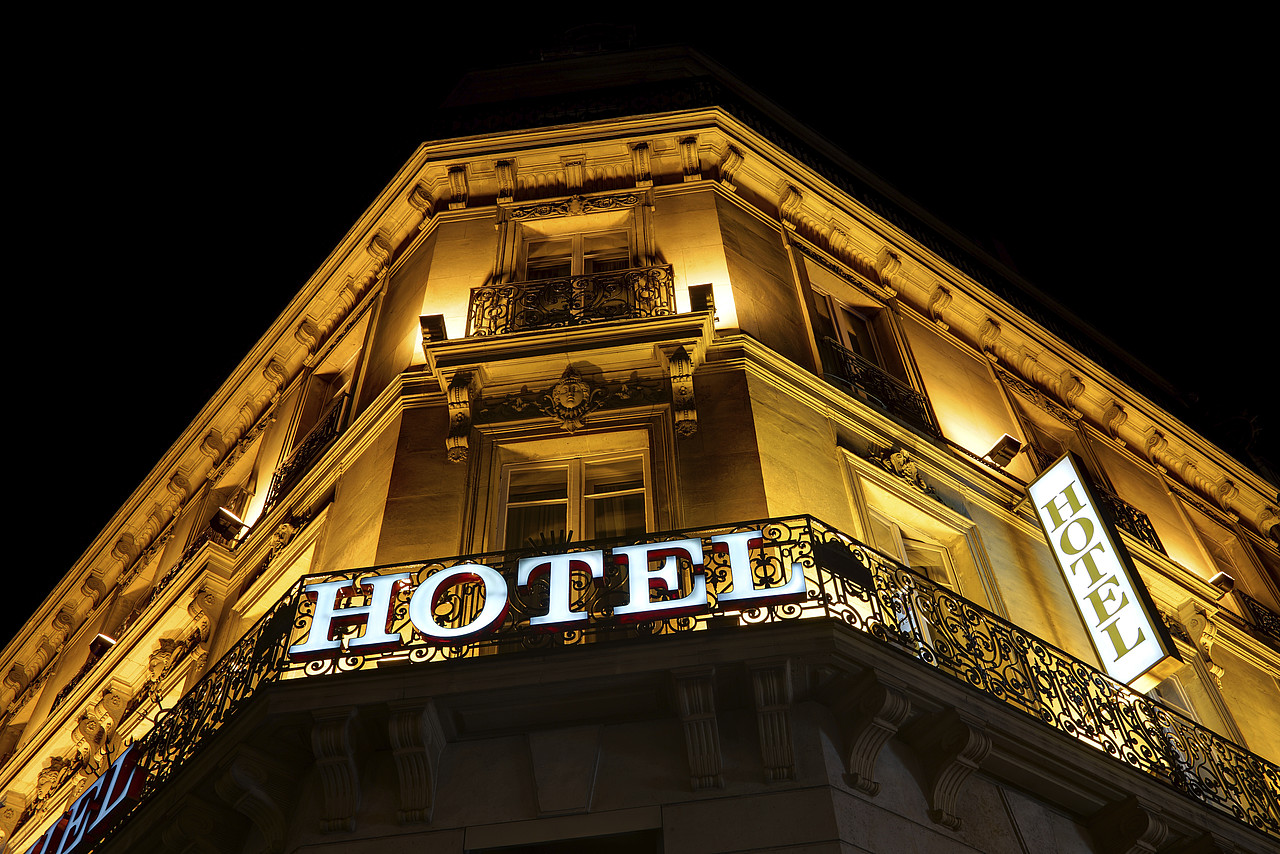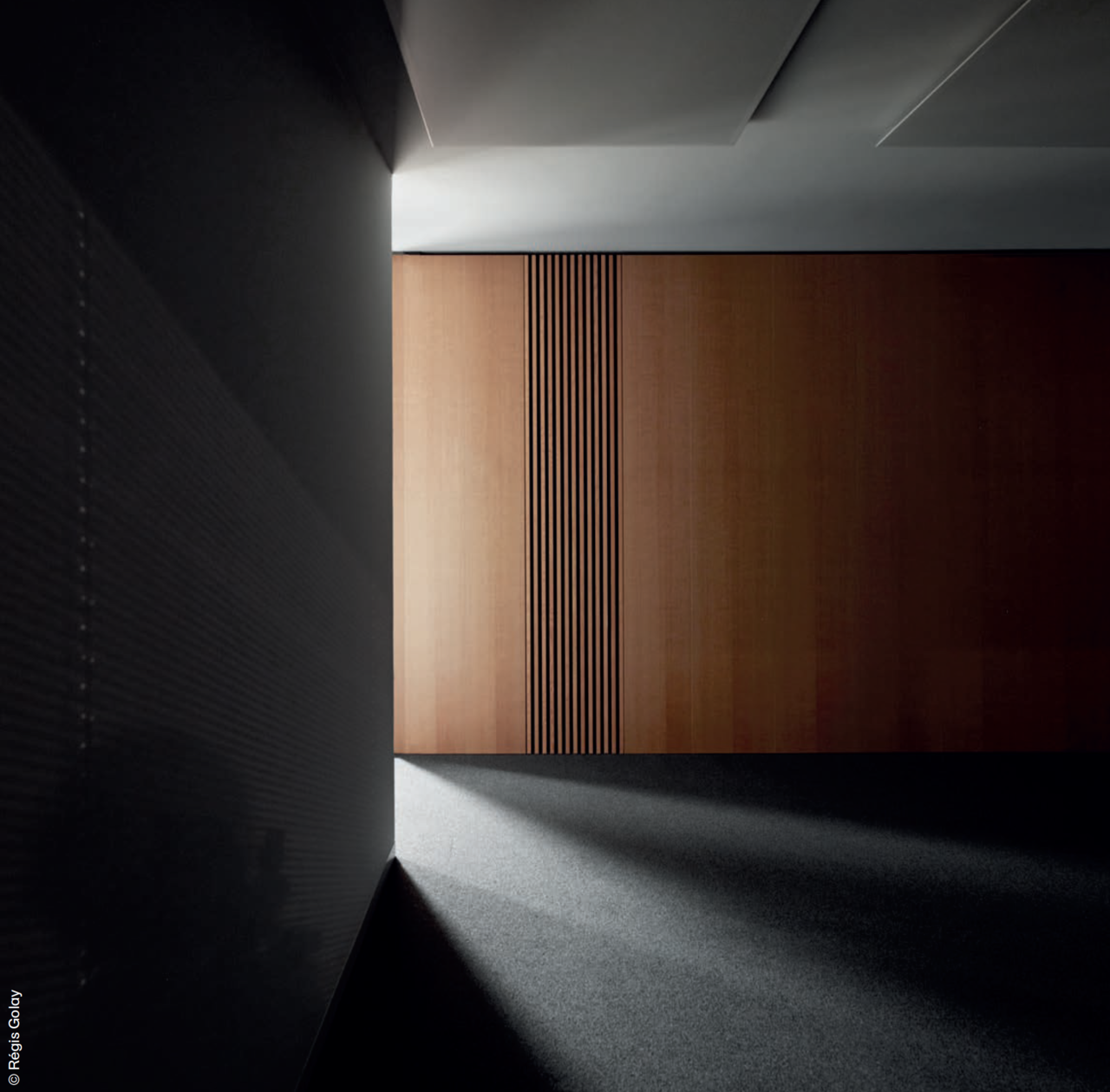2022
What strategy for arcades and sales areas?
Whilst in recent years real estate assets have seen their value skyrocket, the rental market of retail premises - that had been stagnating in the wake of the pandemic crisis - collapsed during the pandemic.
From the late noughties, exposed to wider, cheaper more comprehensive selection of items in the comfort of their own homes, consumers had already, to a vast a majority, switched to online shopping for, at least, some of their purchases.
These habits were consolidated well before the 2020 pandemic and big corporations moved simultaneously in the digital and physical world, like the giant Amazon opening physical shops in the US.
When the 2020 and 2021 closures hit all retail sectors, consumers resorted to online shopping out of necessity, leaving brick-and-mortar retailers juggling empty highstreets.
In a contrasted post pandemic retail landscape, digital innovation and new technologies play a role in an ever-evolving consumer demand, but defining retailers’ brick-and-mortar needs is nowadays more hazardous and hinges on much more than the famous three criteria: location, location, location.
To attract customers back into physical stores, retailers heavily invested in the experiential side of shopping; as a result, concept mashups and business pivots have become a norm in the world of retail.
However, the inflationary context of 2022 and the labor shortages all industries are facing has slowed down expansion strategies. Locations are carefully selected; layouts maximize space and contracts are renegotiated.
In addition to these real estate and economic aspects, there are also urban planning perspectives that are often neglected, insofar as, in order to bring life to city centers,
they must be places of consumption, services, entertainment and culture.
Based on this observation, interesting mix of retailers allow districts to be more dynamic, increasing frequentation and attractiveness; thus, beyond the interest of economic gain, the improvement of the commercial offer has a social and urban dimension. In Switzerland, the Flon district in Lausanne and the Europaallee in Zurich are districts that have been transformed and developed into dynamic and trendy places where services, shops, workplaces and leisure activities are grouped together.
When it comes to slowing down expansion in French-speaking Switzerland, it is sometimes easy to stop at the obvious obstacles: low market depth, high cost of living, dry real estate market, small expansion capacity, etc.
Thankfully it is not the view of most retailers who see the Swiss market as economically healthy and reflected in the consumption habits of its inhabitants, pursuing or initiating their expansion strategies in Switzerland.
In order to support SPGI's Tenant & Landlord Representation team, Virginia Panetti joined the team in 2021 focusing on the development of the "Retail" service in the French-speaking of Switzerland.
Since joining the team, Virginia has installed restaurants, clothing stores and service providers within the framework of letting mandates and represented the interests of several international clients with third-party landlords.
References:










